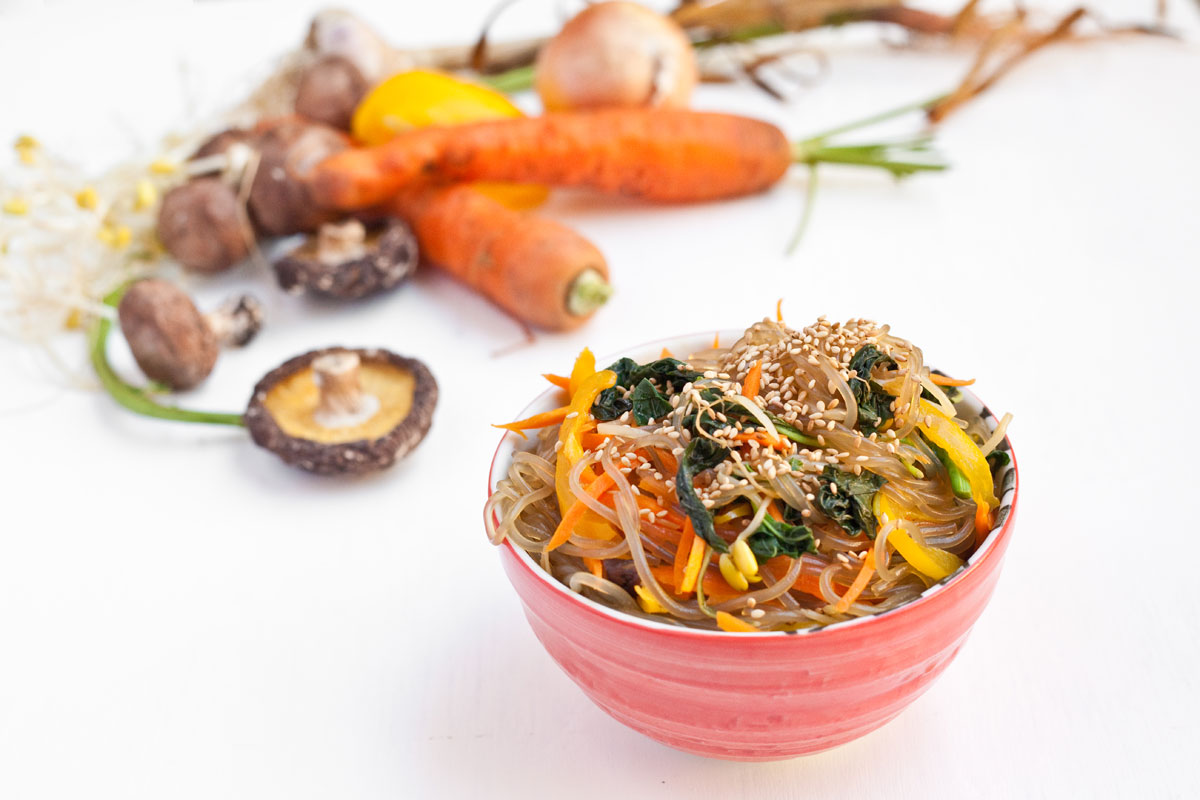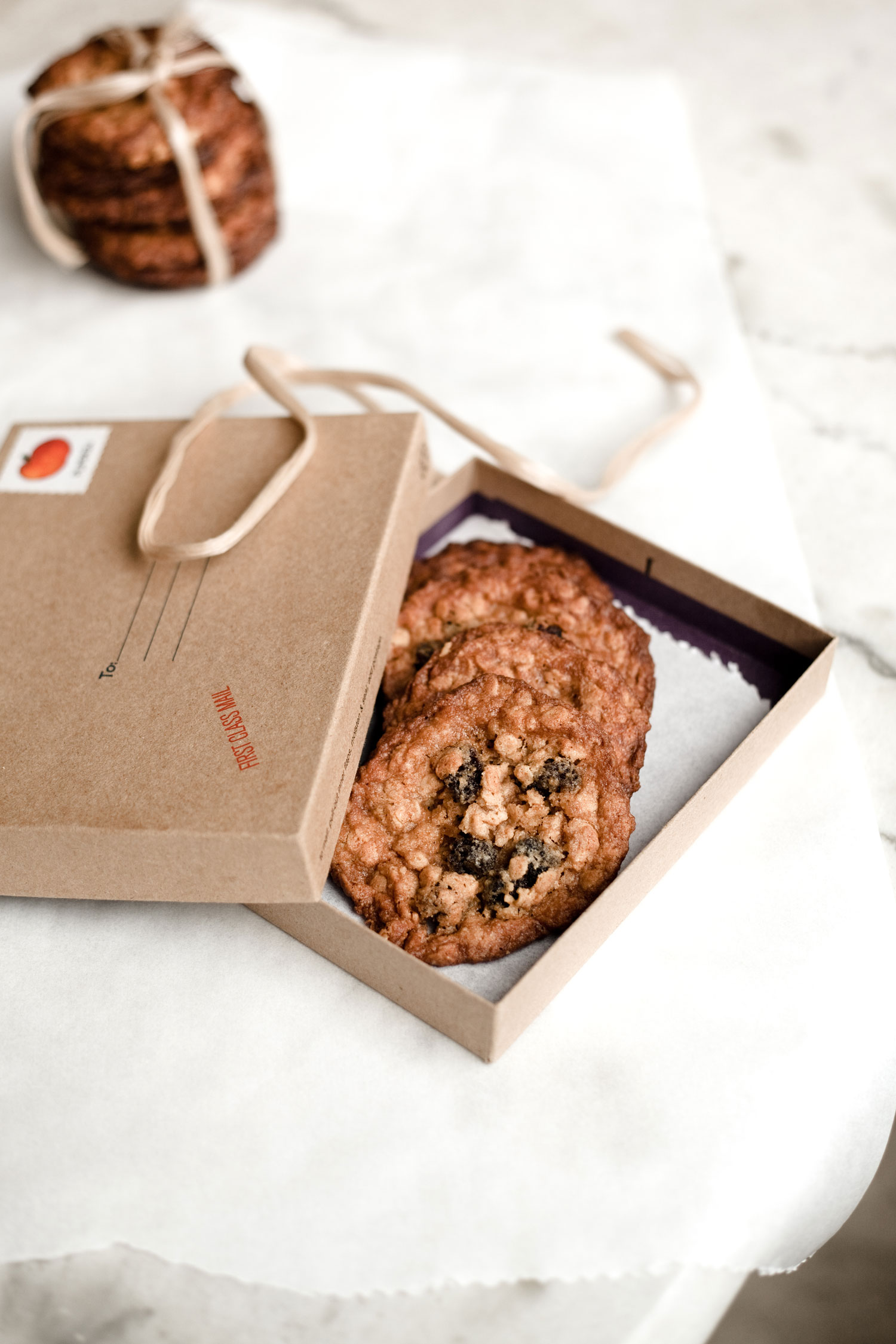Veggie patties are wonderful since you can mix any veggies you want in it along with any spices, beans, grains, or tofu, and usually some breadcrumbs and nuts. I played around and grounded whole oats to use as my binder. This replaced the breadcrumbs. This recipe is just one of many that you can conjure up in your own magic mixing bowl.
Chickpea Sweet Corn Carrot Veggie Patty
BAKE TIME
Total bake time is 20 minutes at 200° C (390° F).
10 minutes per side.
INGREDIENTS//yields 12 medium size patties or 16 small patties
• 3 cups chickpeas (2 x 400 gram tinned chickpeas)
• 2 teaspoon cumin
• 2 teaspoon paprika
• 3 clove garlic, minced
• 1/2 teaspoon chili powder
• 2 cups sweet corn (15 oz tin or 425 ml tin)
• 1 carrot, grated (optional)
• 50 grams of almonds, finely chopped
• 1/2 bunch of fresh flat parsley, finely chopped
• 1 shallot, chopped
• 100 grams of roasted kasha (buckwheat) groats, blended into crumbs
• 50 grams whole oats, blended into flour
• 200 grams feta cheese (optional)
• Salt (adjust according to taste)
PREPARATION
Blend your whole oats and almonds separately and put it in aside.
In a food processor, finely chop your parsley and shallot. Lay it aside in small bowl.
INSTRUCTIONS
In a small size pan, heat up some cooking oil, and cook the grated carrots until softened. Then set it aside to cool.
In a large mixing bowl add the chickpeas and mash by hand using a masher making sure no whole pieces are left. Mash until soft but with some coarse texture left in it.
Mix in your spices: cumin, paprika, chili powder, garlic.
Add the sweet corn and the cooled cooked carrots. Combine together.
Add the blended oats.
Crumble the feta cheese and add it into the mix (optional).
Stir in the almonds, shallots, and the parsley.
Add salt according to taste.
Scoop the mixture with wet hands to form your patties.
Using a basting brush, slightly brush the sides of the patty with olive oil.
Pre-heat your oven and line your baking tray with parchment paper.
Coat your patty lightly in the blended roasted kasha and place on the baking tray.
Put it in the oven and bake at 200°C for 20 minutes.
NOTE
I did have some dried herb called ache de montagne on hand so I crumpled some up for seasoning. It happened to be one of those seasonal herbs added into an organic basket from the local farmers. I did some research and it's called lovage in English. It has an unsubtle taste, much like celery.
Tzaziki
INGREDIENTS
• 1/2 English cucumber (long green ones), deseeded and grated (preferably organic so you can keep the skin on)
• 150 grams of Greek yogurt
• 1/4 clove garlic, crushed and minced
• 1 tablespoon olive oil
• 1/2 tablesoon lemon juice
• 1 tablespoon chives, diced
• Salt (according to taste)
INSTRUCTIONS
If you are using an organic cucumber there is no need to peel it. However, with a conventional cucumber I usually peel the skin off. Halve the cucumber lengthwise. Take a teaspoon and scrape out the seeds.
Grate the cucumber using the large hole of a box grater.
Salt the deseeded and grated cucumber and let sit for 15 minutes so that the water comes out of it.
Mix the garlic, olive oil and lemon juice into the yogurt. Stir well.
Squeeze the excess water out of the cucumbers using your hand or a cheesecloth and then add the cucumbers into the yogurt mix.
Add the chives and salt to taste.






















































